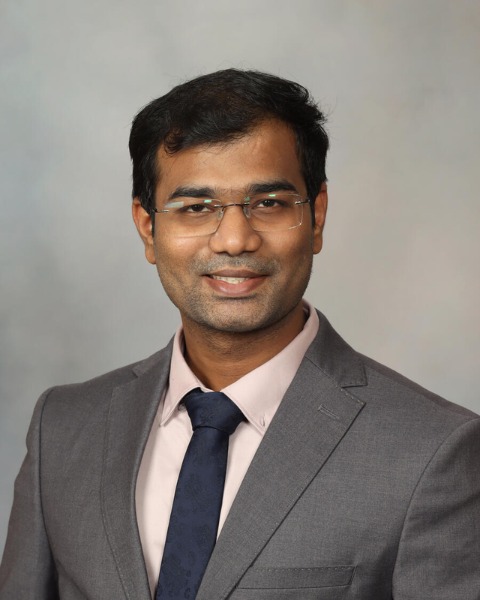General Session III - Superficial Venous Disease
Going the Distance: Endovenous Ablation of the Entire Refluxing Great Saphenous Is Associated with Lower Mid-Term Symptomatic Recurrence
Intervention on the great saphenous vein (GSV) has traditionally been limited to the above knee (AK-GSV) segment for fear of saphenous neuralgia despite incompetence demonstrated in the below knee (BK-GSV) segment. Persistent reflux in the BK-GSV is reported after AK-GSV ablation alone. We have previously reported on the safety of endovenous thermal ablation of the BK-GSV. The aim of this study was to compare clinical outcomes of thermal ablation of AK-GSV alone versus AK-BK GSV ablation in terms of symptomatic recurrence and reintervention.
Methods:
Data from consecutive patients with AK-BK GSV incompetence treated with superficial venous thermal ablation over a 13-year period from January 2010 until December 2022 were retrospectively reviewed. Patients with reflux limited to AK-GSV and prior ipsilateral GSV ablation/stripping history were excluded. Demographic, procedure related and clinical outcome data, were analyzed.
Results:
A total of 450 patients (541 limbs) met inclusion criteria. 68.4% were females. Median age was 58 years, and body mass index was 29.1. The study population was divided into two groups; Group 1: patients undergoing concomitant AK-BK GSV, 164 patients (203 limbs); Group 2: AK-GSV alone, 286 patients (338 limbs). Ablation was performed in 243 limbs (45%) utilizing the VenaCure EVLTTM laser vein treatment (AngioDynamics, Queensbury, NY) and 298 (55%) limbs using RFA (radiofrequency ablation) with ClosureFast® system (VNUS Medical Technologies, San Jose, CA). Demographic, procedural, and clinical outcomes are summarized in Table 1. Median follow-up was 9 months (range= 0 to 132). Symptomatic recurrence was noted in 74 limbs (13.7%); significantly lower in Group 1 vs Group 2, (3.9% vs 19.5%, p< 0.001); as was need for re-intervention (2.5% vs 14.8%, p< 0.001). Saphenous nerve injury occurred following 2 procedures in Group 1 (0.98% vs 0%, p=0.14). On Kaplan-Meier analysis freedom from symptomatic recurrence at 48 months was significantly higher in Group 1 compared to Group 2 (74.7% vs 52.9%, p=0.03), Figure 1. Persistent BK-GSV reflux was confirmed in 67 /82 (81.7%) limbs with available duplex ultrasound during follow-up.
Conclusions:
Limiting endovenous ablation to the AK-GSV in patients with incompetence extending through BK-GSV is associated with greater symptomatic recurrence and need for reintervention. Concomitant AK-BK GSV ablation can be performed safely with improved outcomes.

Venkata Vineeth Vaddavalli, MBBS
Research Fellow
Mayo Clinic
Rochester, Minnesota, United States
